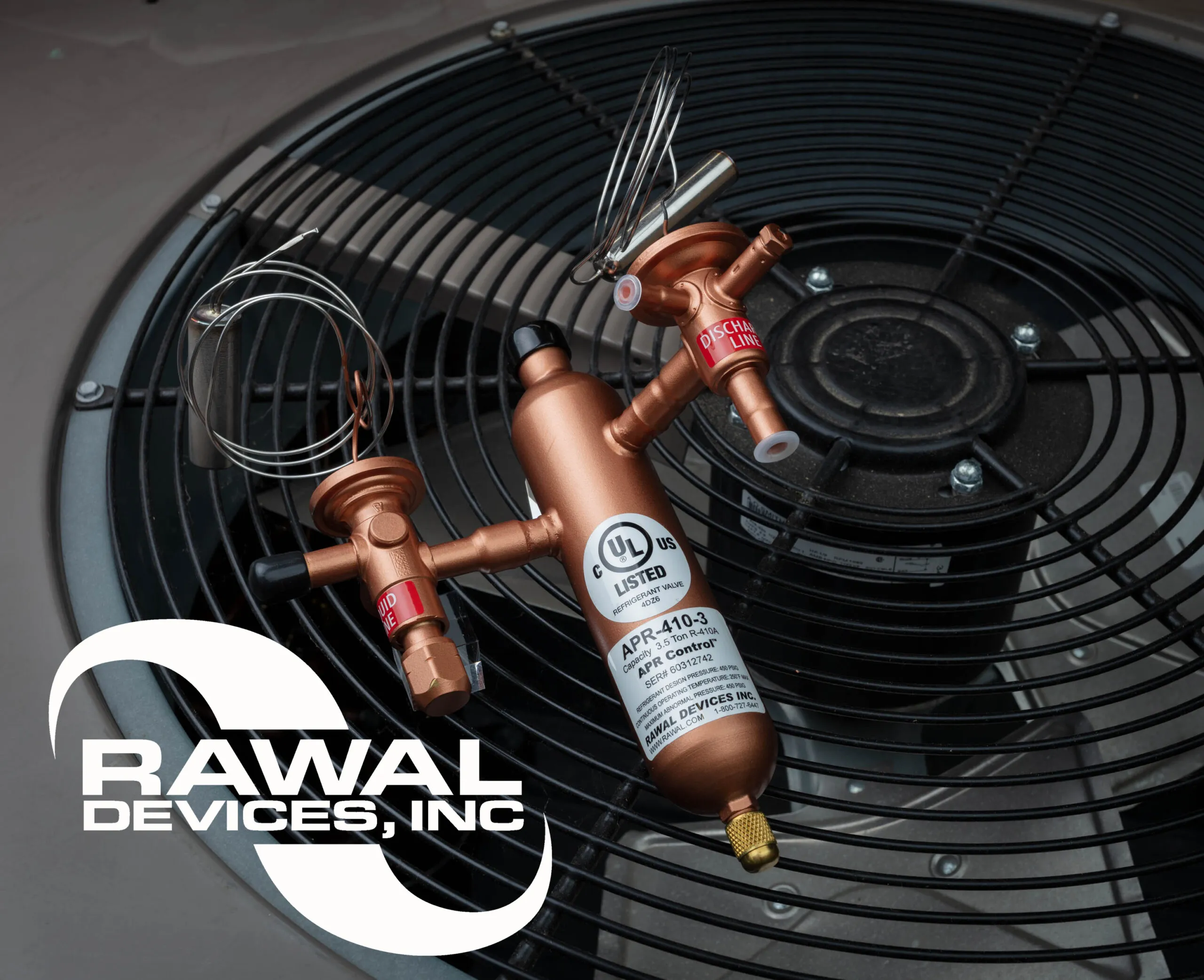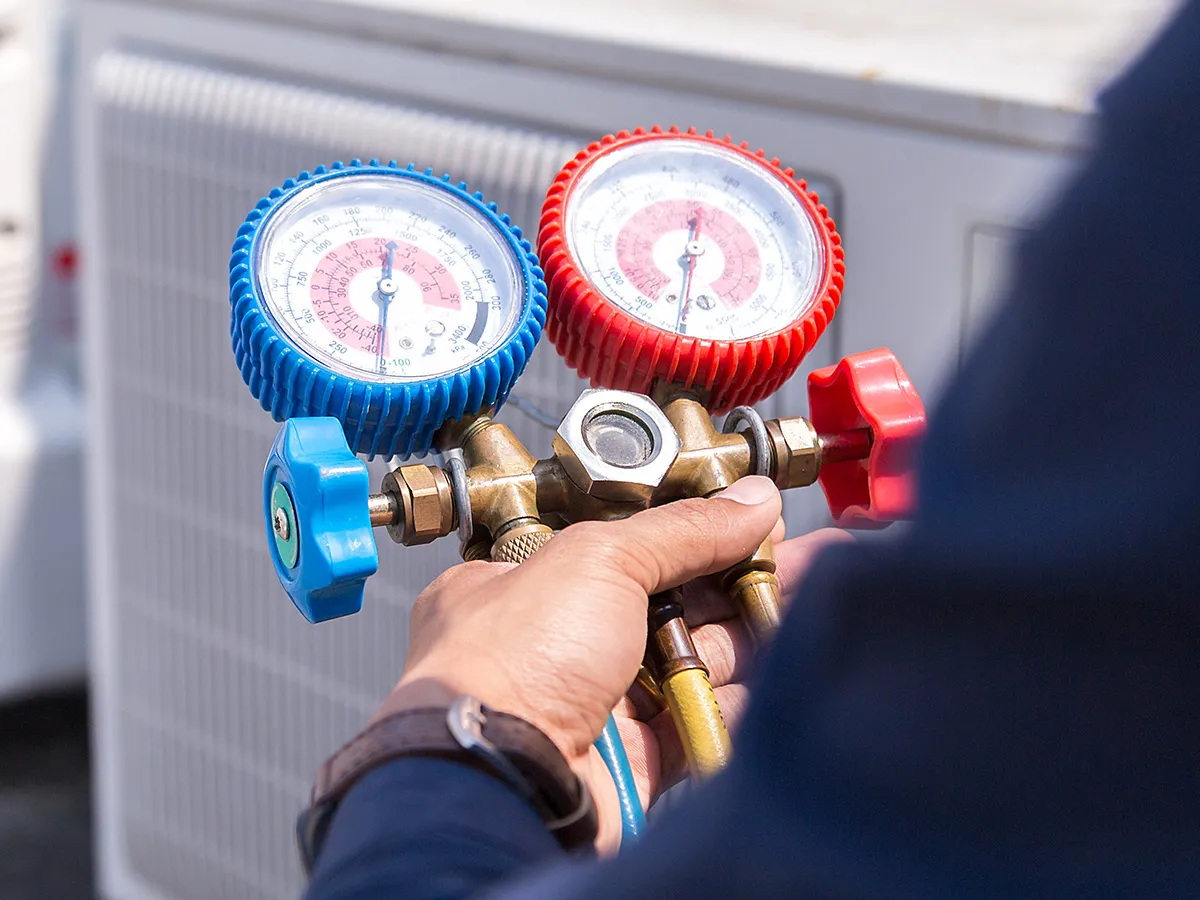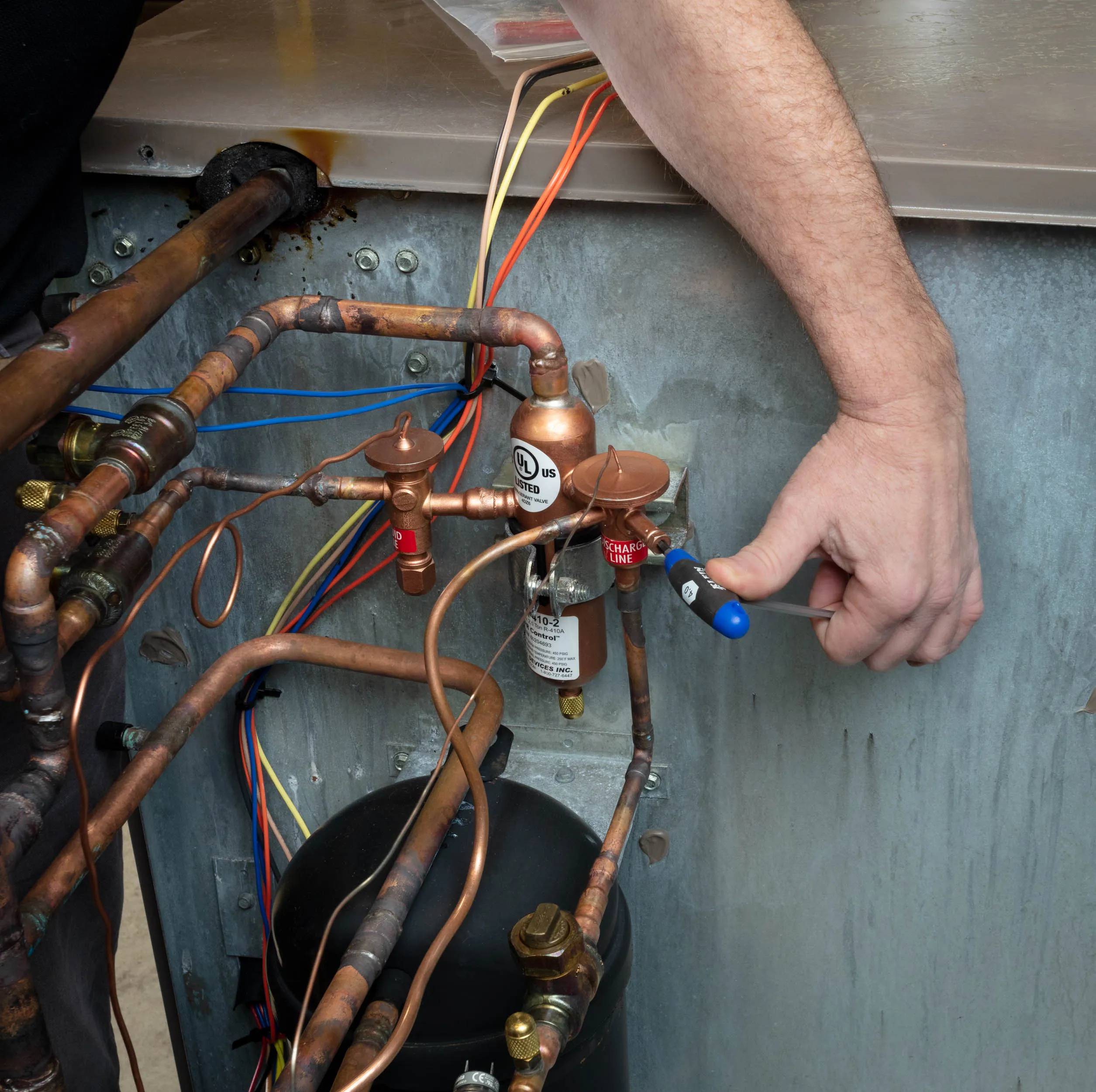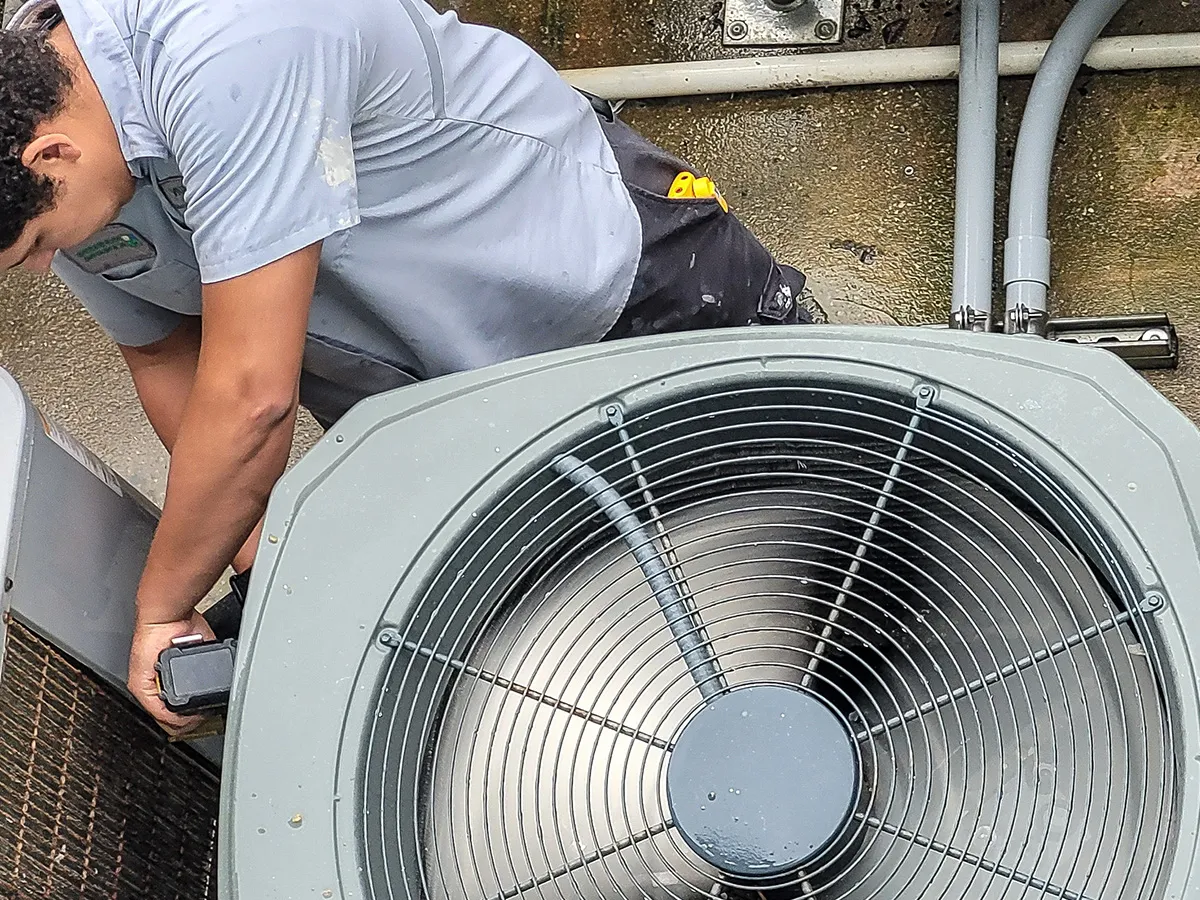Introduction:
The Massachusetts Institute of Technology (MIT), a renowned engineering university, faced significant HVAC challenges in one of its mixed-use buildings. This building included an art gallery, a dance studio, and several offices, each with varying occupancy levels. The oversized air conditioning unit, designed for maximum occupancy, caused frequent short cycling, occupant discomfort, and costly mechanical issues, particularly compressor failures. To overcome these HVAC inefficiencies and avoid expensive system replacements, MIT turned to Rawal Devices’ APR Control.
Challenge:
MIT’s mixed-use building faced significant occupancy fluctuations. The air conditioning unit operated at maximum capacity, even when the spaces were largely unoccupied. This inefficiency led to frequent short cycling, high humidity levels, and occupant discomfort. Consequently, there was excessive wear and tear, reducing the equipment’s lifespan and increasing maintenance costs due to multiple compressor failures. MIT identified the need for a more efficient and sustainable HVAC solution to enhance comfort and extend equipment longevity.
Solution:
Based on positive past experiences with the APR Control, MIT’s Facilities Management Team proposed installing the APR Control to address the issues with their oversized air conditioning units. The APR Control is a continuous capacity modulation device that matches the cooling load in real-time, ensuring precise temperature and humidity control. By modulating the cooling capacity, the APR Control prevents excessive short cycling, thereby reducing wear and tear on HVAC components and enhancing overall system efficiency.
Implementation:
MIT’s Facilities Management Staff collaborated closely with Rawal Devices’ Engineering & Technical Support Team to integrate the APR Control into their existing HVAC systems. Rawal Devices provided comprehensive training on the installation and operation of the APR Control, ensuring maximum effectiveness. The straightforward installation process, guided by Rawal Devices’ technical support team, resulted in a seamless integration with minimal disruption to building operations.
Results:
Implementing the APR Control solution significantly improved HVAC efficiency and performance at MIT:
- Improved Air Conditioning Performance: The APR Control provided true-load matching, ensuring consistent and comfortable cooling throughout the building. It eliminated temperature and humidity fluctuations, creating optimal conditions for occupants in the art gallery, dance studio, and offices.
- Extended Equipment Lifespan: By eliminating short cycling and adding protection to HVAC components, the APR Control resulted in fewer mechanical issues and compressor failures. This helped reduce maintenance costs and prolong the lifespan of MIT’s HVAC equipment.
- Seamless Integration: The collaboration between MIT’s Facilities Team and Rawal Devices’ Technical Support Team ensured a seamless installation of the APR Control with minimal disruptions to building operations, leading to quick realization of the desired results.
- Return on Investment: The cost savings from increased energy efficiency and reduced maintenance expenses allowed MIT to recoup their investment in the APR Control system quickly, delivering long-term financial benefits.
Conclusion:
Contact Rawal Devices today to learn how our APR Control solution can resolve your HVAC challenges and extend the lifespan of your HVAC equipment. Optimize your building’s performance and comfort with Rawal Devices’ innovative solutions.






